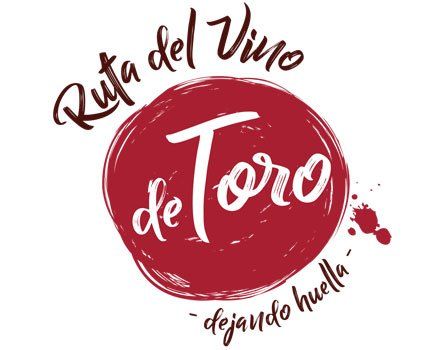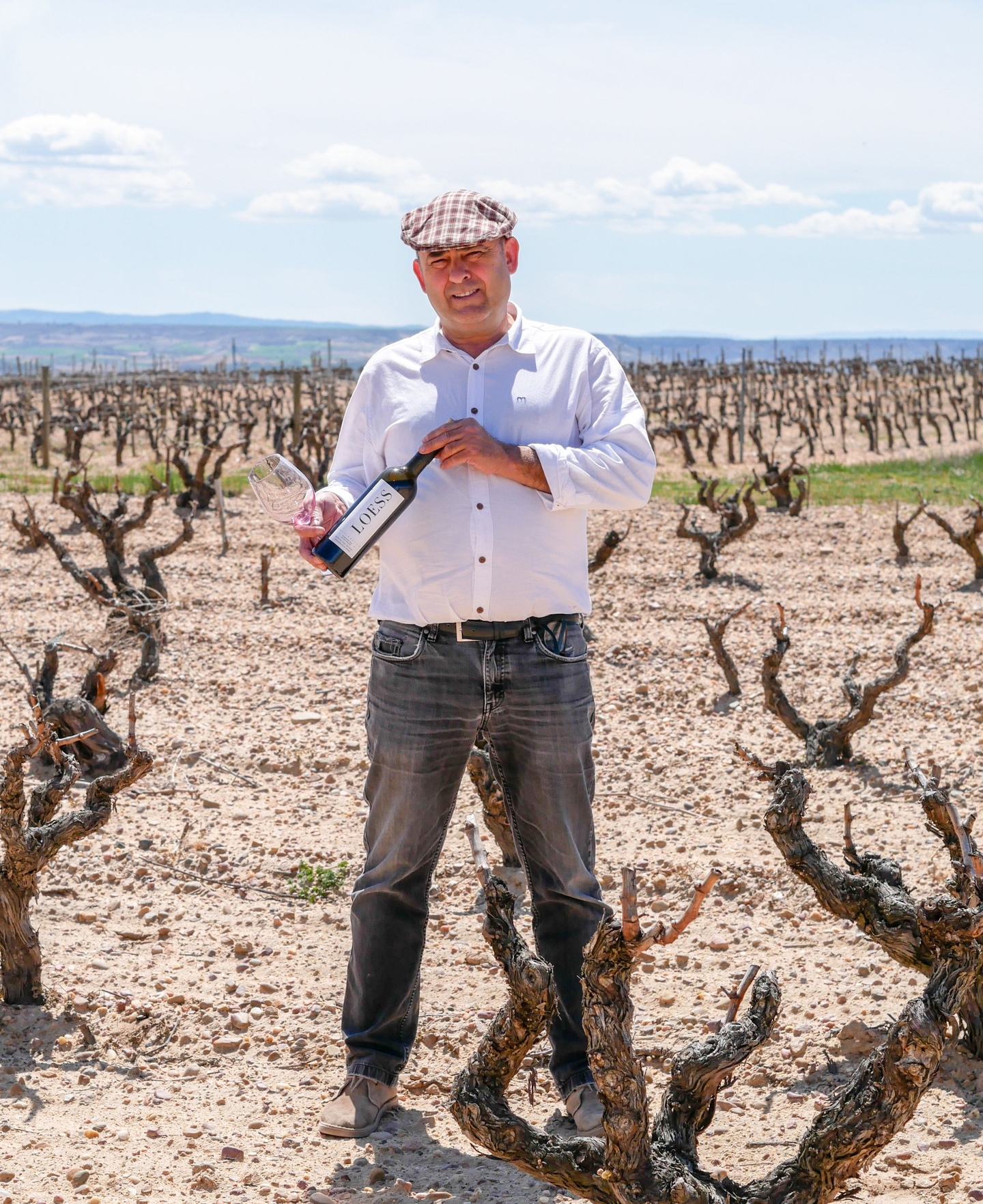About Loess
After nearly 20 years roaming the vineyards of Ribera del Duero and Rueda, Jaime Saez de La Hoya, a local viticulture expert, in 2001, bought 6 superb vineyards, specially selected with his expert knowledge and thus LOESS was born. Taking its name from a type of sedimentary soil, the first LOESS wines were made during the 2003 harvest, all from his own vineyards.
Not satisfied with producing Ribera Del Duero only, he began the search for vineyards in neighboring Rueda. Bored of the standard mass market Rueda being produced over the last decade following its massive leap to fame, Jaime wanted to produce the best Rueda possible, making the most of incredible century old vines. With the help of winemaker Issac Fernandez, LOESS looks set to push the benchmark levels even higher as they continue to look for perfection in two of Spain's most exciting wine regions
Each wine has been inspired by the different characters that have risen from vinifying each parcel and sub parcel separately, Loess Collection being the flagship wine. Slower and more balanced ripening has led to super elegant, fine wines that maintain all that has made Ribera Del Duero a must have region on the best wine lists around the world. The wines in Rueda are produced from vines dating from 1936 to 1988 and continue the winemaking philosophy of its Ribera Del Duero brothers: finesse. character and the best expression of their terroir.
Loess, in geology, is a sedimentary soil laid down by wind action. Such soils are poor, deep and are ideal for growing vines on. Loess is thus a wine named after a soil, and it is very much a terroir wine. The wines from Ribera del Duero are -made" on the estates of Corderilla, Carravalcavado 2 and Carraboada 2, planted in 1998 with the grape variety known as linta del Pais. The quality of their soils, with different nuances in each estate, enables them to combine and tweak the proportion of grapes from these three sources to create the wines Jaime was looking for. Throughout this process the vines are nurtured to according to the needs of each plant in order to obtain a balanced ripeness of fruit.
-
Loess Collection
More Details -
Loess Collection Rueda
More Details -
Loess Rueda
More Details -
Loess Inspiration
More Details -
Loess Ribera del Duero
More Details
View more
Talk to us+34 980 69 06 43
export@spanishpalate.es
For Orders & logisticsadmin@spanishpalate.es
SpSSppanSpanish Palate Head Office and Warehouse
Avenida Carlos Latorre, 30
Toro, Spain
Avenida Carlos Latorre, 30
Toro, Spain














